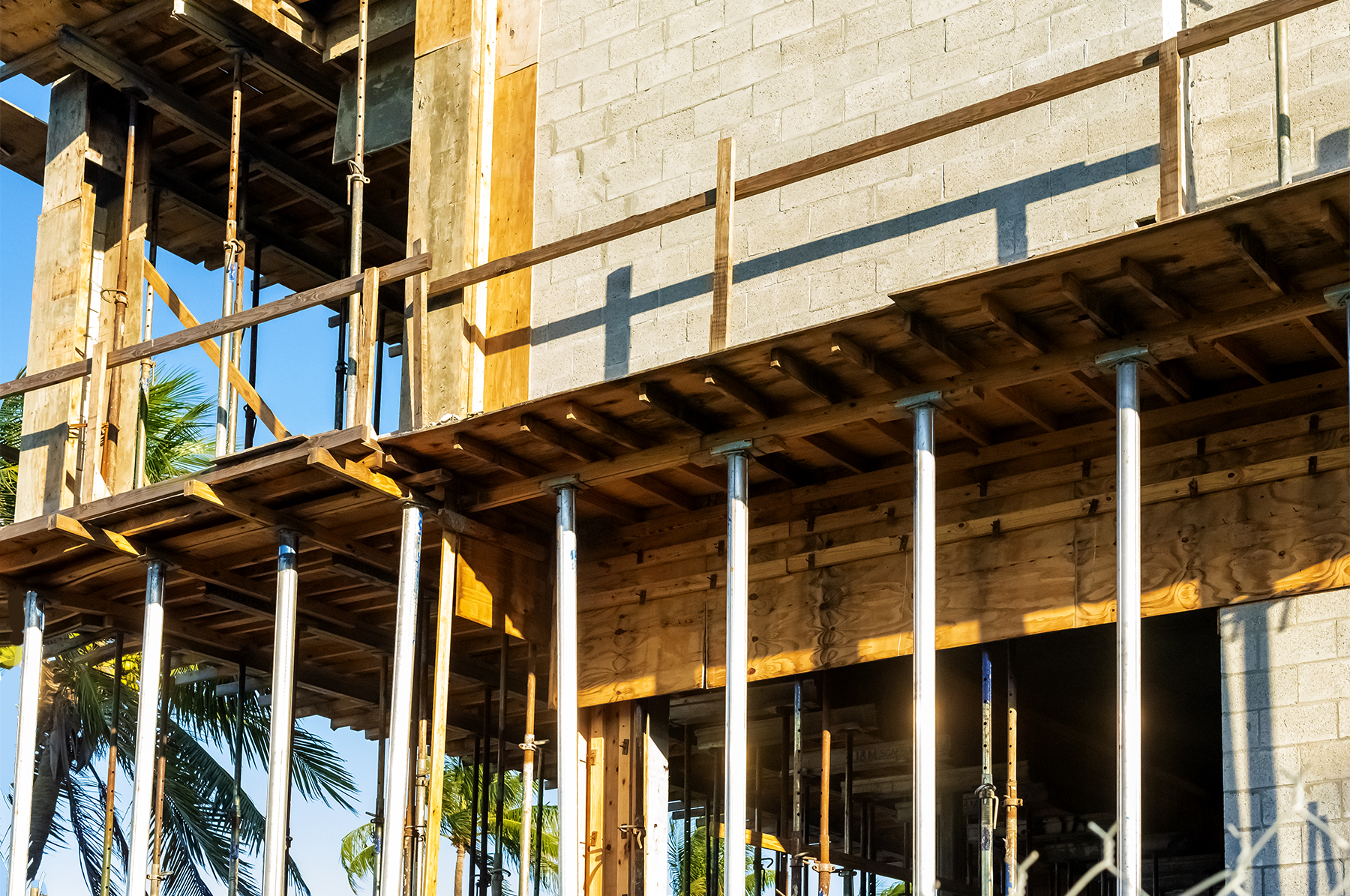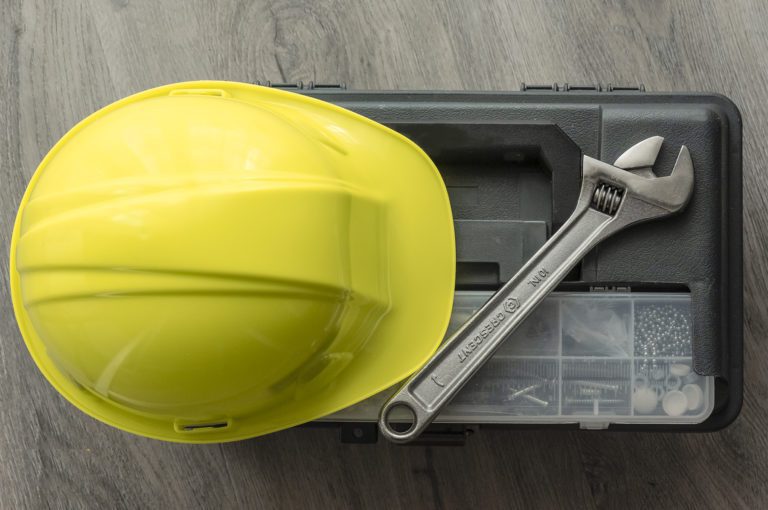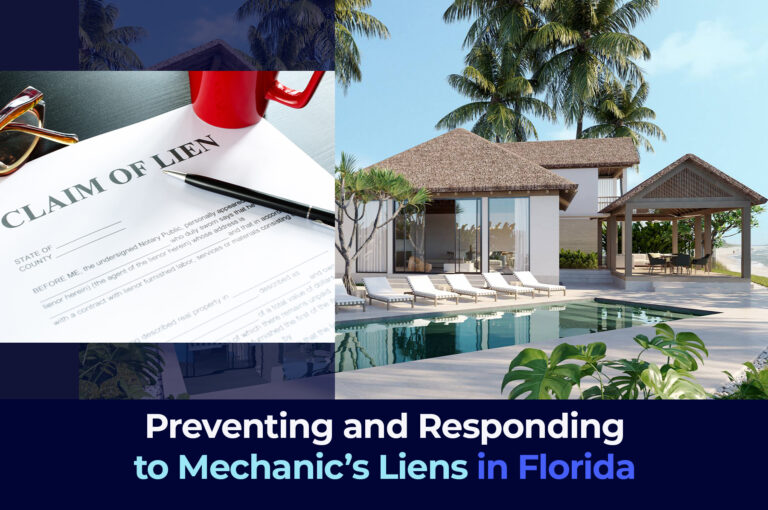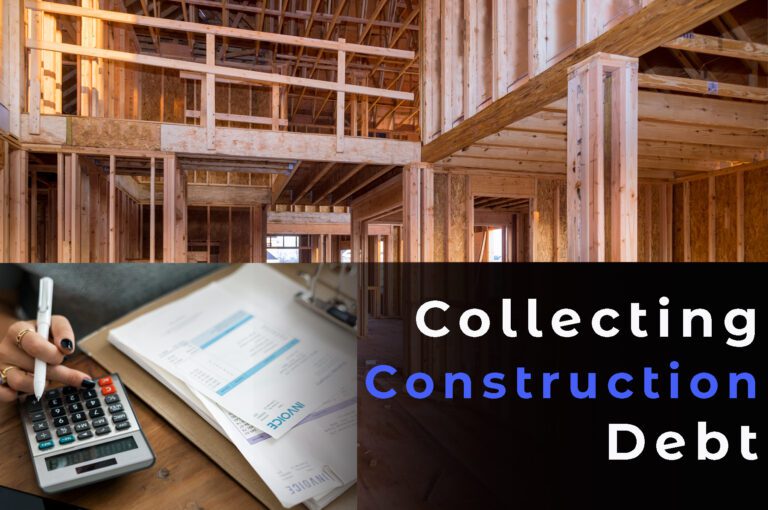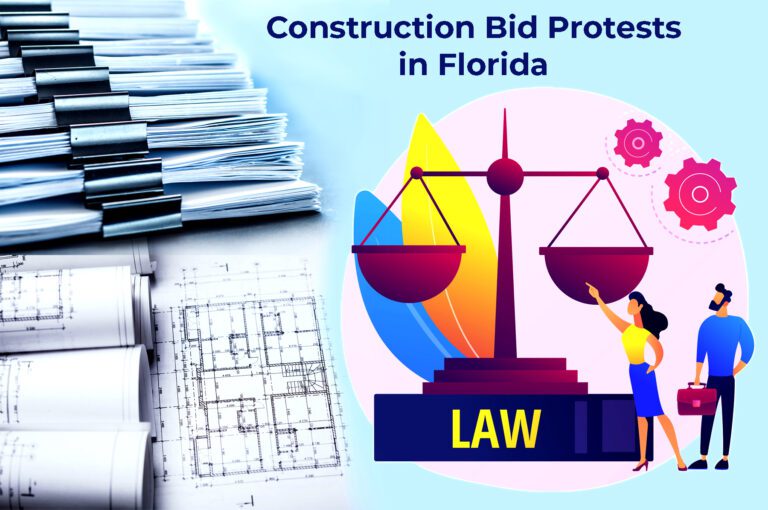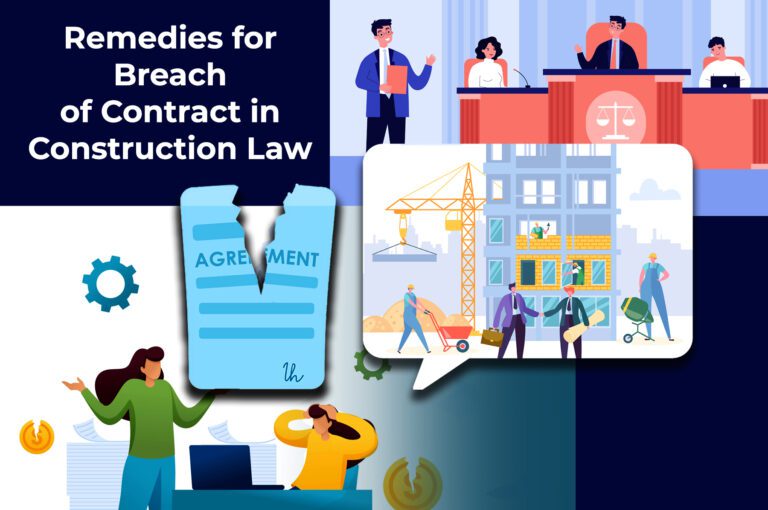Construction Defects: Who Might Be Liable And When?
When undertaking commercial or residential construction projects, there is the possibility that construction defects may arise during or after the building process. Contractors, designers, and manufacturers might all do their part to ensure a job well done, but there still remains a chance that errors will occur. Construction defects are one of the most common causes of legal disputes and litigation in the construction industry, posing serious financial and credibility issues for the parties who might be liable. Understanding the main types of construction defects can help designers, contractors and manufacturers better protect themselves from potential lawsuits that may be brought after the discovery of a construction defect.
What are construction defects?
Construction defects refer to any type of deficiency in the construction process that leads to a failure in some aspect of the structure or causes damage to a person or property. Construction defects can occur in design, workmanship, or the materials and systems used during the project. Additionally, these defects can range from serious and complex foundational issues to aesthetic issues such as poorly painted or cracked surfaces.
Patent vs. latent defects
Defects can also be classified as being either patent or latent. A patent defect is a defect that is obvious and identified during the time of construction, which often means they are easier to fix. Patent defects tend to be superficial, so accessing and repairing the issue is not typically too invasive or costly. Latent defects are defects that exist at the time of construction but are not identified until after construction is completed and the systems are in use, sometimes even years after. As a result, latent defects tend to be more problematic. Depending on the nature of the defect, different parties may be liable.
“Construction defects can occur in design, workmanship, or the materials and systems used during the project.”
For example, design defects typically are the result of a design professional’s failure to produce an accurate and coordinated set of construction plans. Design defects could include an architect miscalculating the necessary weight of support beams which leads to structural issues or a civil engineer not accounting for proper drainage and causing flooding within the building. Workmanship defects, on the other hand, typically result from the contractor not properly executing design plans. These types of defects can span many facets of the construction process and may include errors such as improperly installed light fixtures or interior wall construction. Materials and systems defects occur when the actual building material is revealed to be faulty despite both the designers and contractors following proper protocols. Determining liability in construction defect disputes is often complex, however, and may require consulting an experienced construction defect litigation attorney.
The importance of Standard of Care clauses
Most construction project contracts will likely include a standard of care clause. In a standard of care clause, both designers and contractors agree to “perform services consistent with the professional skill and care ordinarily provided by firms practicing in the same or similar locality under the same or similar circumstances.” The standard of care clause is meant to ensure design professionals and contractors are not held to a standard of perfection by the court because not every mistake, error or omission is a negligent one. A designer, contractor or manufacturer will only be deemed negligent if they breach this normal standard of care. The standard of care clause helps protect contractors and designers from accruing the full costs of any changes or revisions made during construction. Therefore, it is in the best interest of both designers and contractors to have an experienced attorney review construction contracts and ensure the transfer of risk.
Call South Florida Law
Are you a designer or contractor embarking on a new construction project? Make sure you protect your interests and avoid the risks that accompany construction defect lawsuits. Take proactive measures and contact an experienced construction defect litigation attorney at South Florida Law. Reach out to South Florida Law at (945) 900-8885 or via our contact form.

